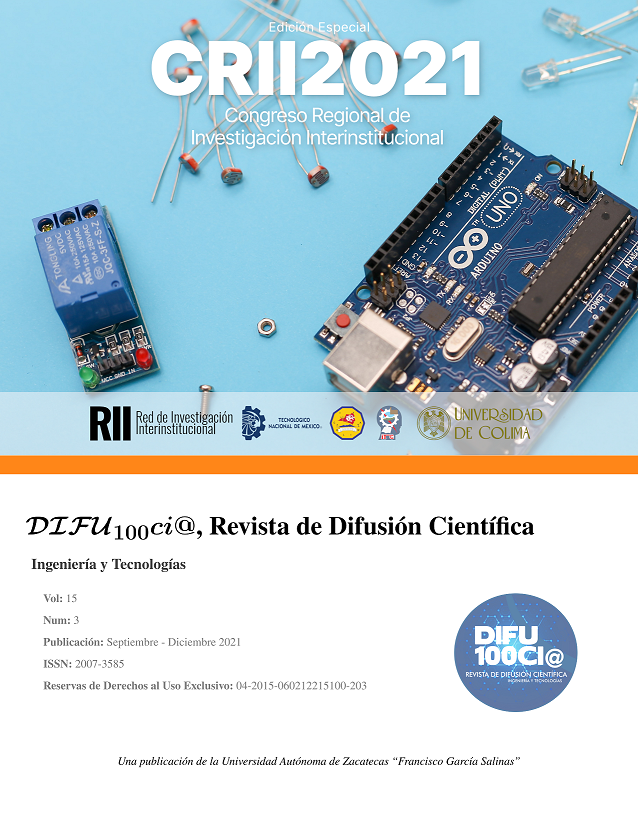Urban dispersion in Villa de Álvarez in the last fourty years
Main Article Content
Abstract
The National Program for Territorial Planning and Urban Development 2021-2024 has as a priority to reduce dispersed occupation and underemployment of the land. The effective application of this program requires understanding the causes of both phenomena. Specifically, the occupation of land in the City of Villa de Alvarez, in the state of Colima, Mexico, has been marked by its speed and irregularity. In this work, we carry out a retrospective of the occupation of land in the City of Villa de Alvarez in the last 40 years, intending to be able to update and clarify the reflection on these phenomena. From the quantification of urban dispersion for the western area of that city, comprised of 9 urban units from the “Puerta de Centenario” neighborhood to “Palo Alto”, the land occupation index, the estimated degree of dispersion and the index of vacant lots within the study area are calculated. The quantification of the dispersion values of the model allows us to reliably observe that, of the 9 subdivisions analyzed, the “Buena Vista Sur neighborhood” presents a higher degree of dispersion with an index of 31%, that is, it is further away from the urban area, and low compactness, while 5 colonies present an index between 10% to 15%, and the remaining 3, the colonies “Higueras del Espinal Sur” and “Jardines del Centenario”, respectively, which have 2% and 5%, are more integrated into the city, that is to say with greater compactness.This shows that the City of Villa de Álvarez grows its urban footprint, and, it grows in a dispersed and uncontrolled way. The application of this quantitative model allows future research, have elements for the design of public policies related to compactness as well as more efficient and effective control processes of urban sprawl.

